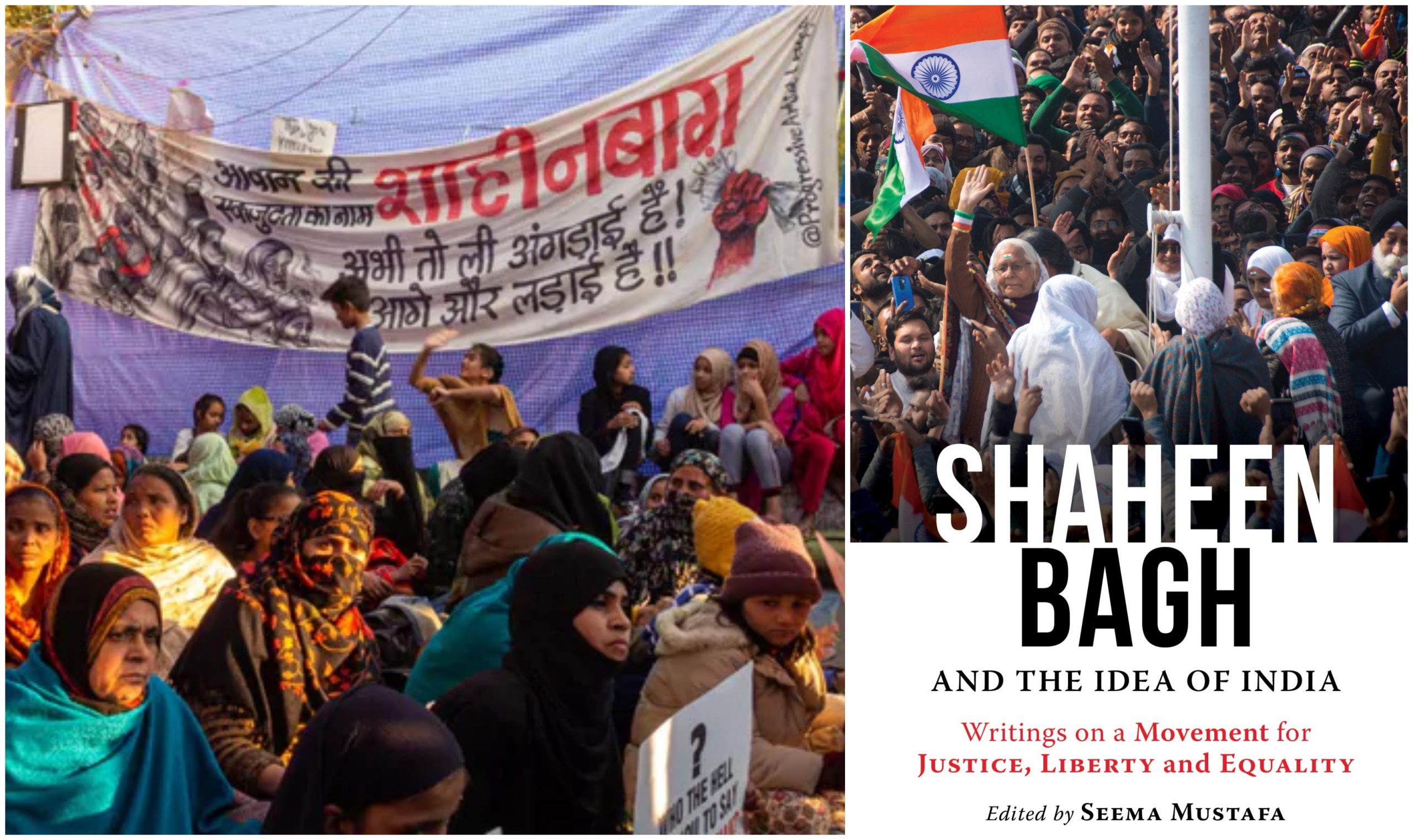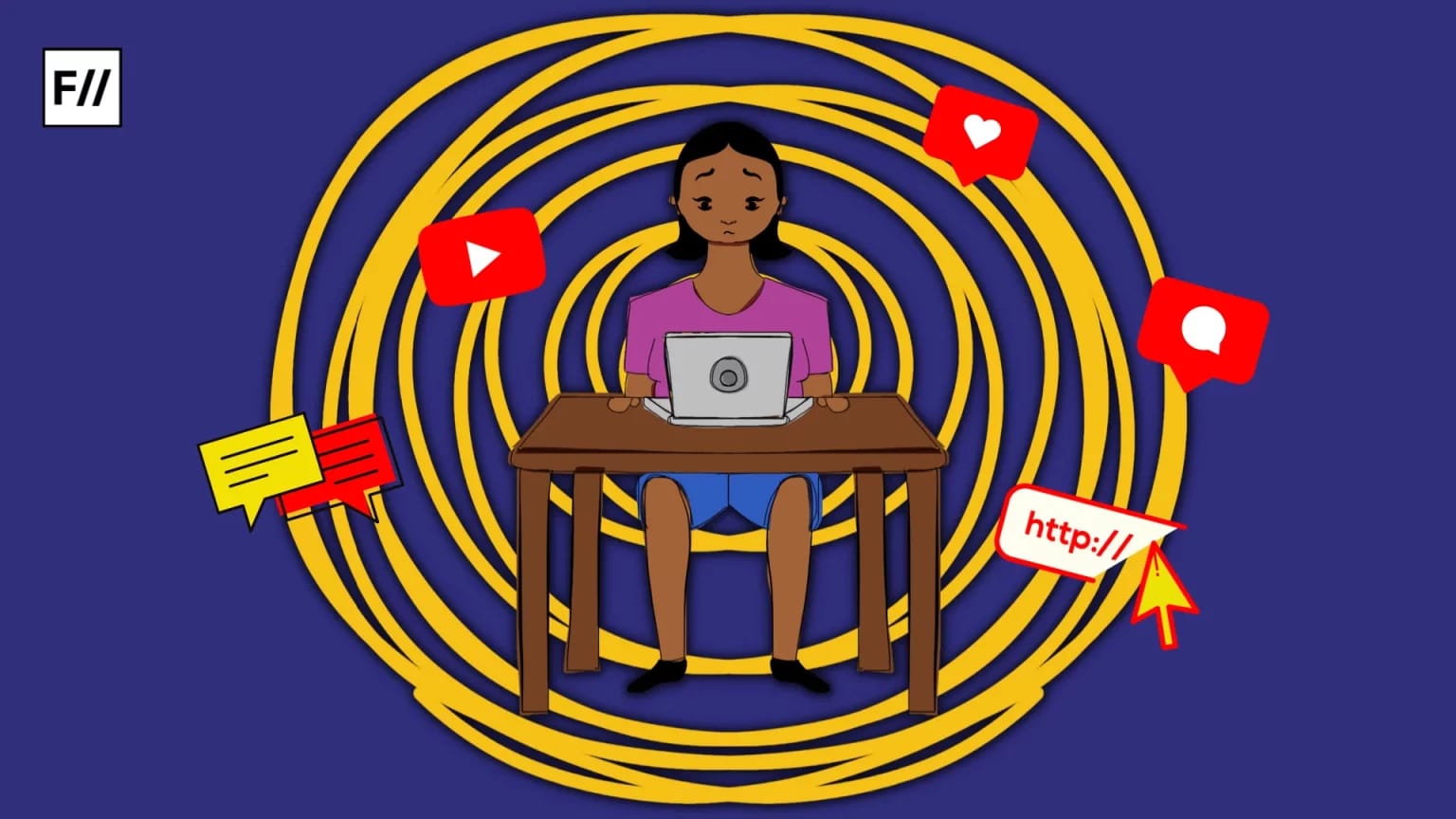Shortly prior to the advent of the Covid-19 pandemic, India bore witness to one of its most monumental civil rights movements since its inception in 1947. The passage of the discriminatory Citizenship Amendment Act (CAA) coupled with the National Register of Citizens (NRC) took the country by storm. The CAA exclusively grants citizenship to persecuted Hindus, Sikhs, Parsis, Christians, Jains and Buddhists from Afghanistan, Pakistan and Bangladesh. The legislation, once put into place, will weaponise the National Register of Citizens (NRC) against Muslims. Shaheen Bagh, a predominantly Muslim neighbourhood in Delhi that was previously unheard of, became the hub of these protests due to the extraordinary tenacity exuded by its first time Muslim women protesters. The Shaheen Bagh protests set the tone for resistance throughout the nation and “fired the imagination of secular India,” in the words of Seema Mustafa, the editor of the book.
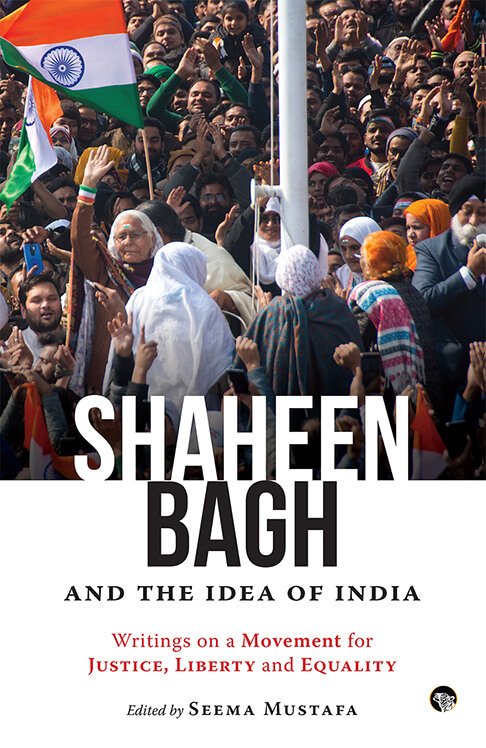
“There is always a moment in protests across the world, through history, that changes the course of politics without people quite realising what really happened, or why. And this was one such moment, when the group of women came out and occupied a road, staging a public protest for the first time in their lives,” writes Seema Mustafa with conviction.
Shaheen Bagh and The Idea of India is a painstakingly curated anthology that seeks to memorialise this movement. It’s an open secret that public memory becomes weaker with each passing news cycle. We are also painfully aware of the fact that propagandists employ the tool of misinformation to spin narratives against the marginalised sections of the society and demonise them further.
This book seeks to quash false indoctrination and presents a comprehensive account of the anti-CAA-NRC-NPR protests with a strong focus on Shaheen Bagh. This indispensable collection consists of ground reports, photographs, interviews of the resilient Muslim women who were at the forefront of protests, and thought-provoking essays by veteran thinkers and activists. This book is bound to strengthen our constitutional values, and on a personal level, reading it was an experience in itself.
In the light of these truths, this book seeks to quash false indoctrination and presents a comprehensive account of the anti-CAA-NRC-NPR protests with a strong focus on Shaheen Bagh. This indispensable collection consists of ground reports, photographs, interviews of the resilient Muslim women who were at the forefront of protests, and thought-provoking essays by veteran thinkers and activists. This book is bound to strengthen our constitutional values, and on a personal level, reading it was an experience in itself.
Also read: Women’s Agency In Shaheen Bagh And In Other Protests Against CAA
Divided into three parts, the book commences with ground reports from the site of protests that give readers a brush against the terror and grit infused air that prevailed in Delhi on the fateful days following the attack on the students of Jamia Millia Islamia University. The readers are privy to a thorough timeline of events that helps them piece together the exact manner in which things unfolded—beginning from the eruption of protests in northeast India, followed by the Shaheen Bagh sit-ins and ending with the witch-hunt of anti-CAA activists.
In her essay Women, Violence and Democracy, Seemi Pasha brings to light the blatant Islamophobia that has become a feature of the Indian establishment and then goes on to quote one of the ‘Dabang Dadis’ of Shaheen Bagh who said, “Now Modi has forced us to come out and sit here and we will not move till he gives us a written assurance that his government is going to withdraw CAA, NRC. I don’t care if it takes six months, one year or two years, I will keep sitting here.”
Another poignant essay paints a beautiful picture of the all-inclusive atmosphere of this Muslim ghetto. It describes how despite the Delhi police’s animosity, under the leadership of women in religious veils, people of all genders, religions and classes came together to demand the repeal of this diabolical law. The reader, at this point, has a clear understanding of how dissent coexisted with camaraderie and why this model rapidly permeated throughout India’s geography.
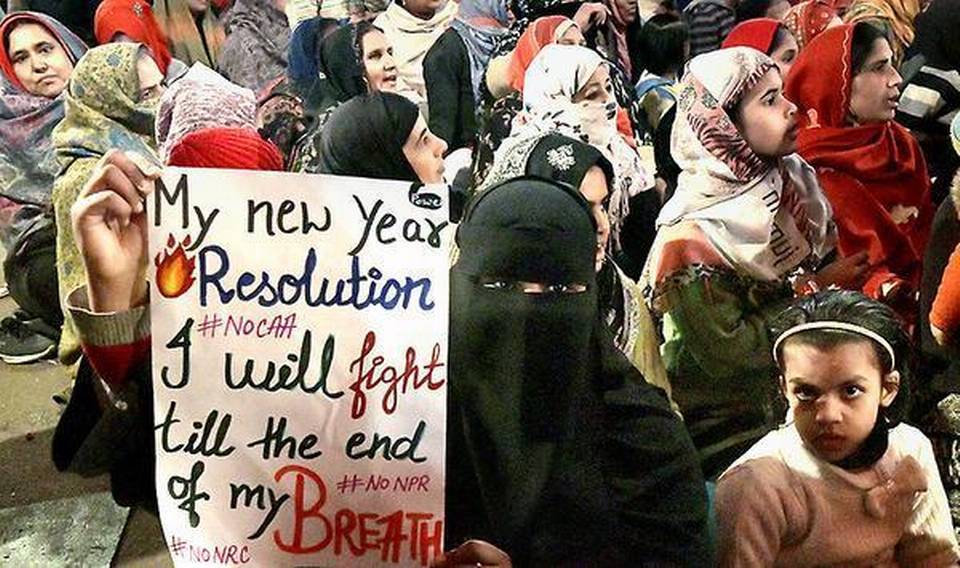
The second part of this book is replete with insightful essays that cut into the fabric of the Indian polity and examine this movement by juxtaposing it with the larger framework of India’s political history. These rich essays focus not just on Shaheen Bagh, but also on the ‘idea behind Shaheen Bagh.’
Harsh Mander succinctly explains that as India hurtles towards majoritarianism, the constitutional rights of its minorities are increasingly hanging by a thread. “By introducing the CAA, the Modi government has deliberately revived the fears, anxieties and hatreds of Partition,” he writes. Among the other crucial analyses that one can find in this book is the parallel drawn between the passing of the Nuremberg Laws in Nazi Germany and the passing of the CAA in today’s India. Nizam Pasha warns us that this is indeed a Déja Vu moment and that we cannot afford to repeat history at any cost. Sharik Laliwala does a stellar job at giving a research based political background to the Muslims, with a strong focus on the ‘Indian Muslim’ identity and Muslim politics in India. The question of the participation of children in protests has also been discussed.
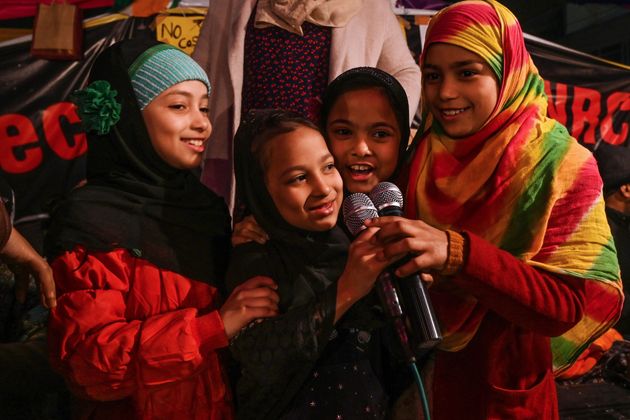
Also read: In Photos: The Unputdownable Voices Of Shaheen Bagh
The final part has a rather sombre tone to it, as opposed to its confidence instilling predecessors. It exposes the truth behind the ‘communal violence’ that broke out in northeast Delhi in the aftermath of the Delhi election. Various ground reports unambiguously prove that it was, in fact, a premeditated anti-Muslim pogrom that ravaged several homes and livelihoods. They also reveal that the police and Hindu neighbours were complicit too.
The final part has a rather sombre tone to it, as opposed to its confidence instilling predecessors. It exposes the truth behind the ‘communal violence’ that broke out in northeast Delhi in the aftermath of the Delhi election. Various ground reports unambiguously prove that it was, in fact, a premeditated anti-Muslim pogrom that ravaged several homes and livelihoods. They also reveal that the police and Hindu neighbours were complicit too.
The editor goes on to explain how the government cashed in on the pandemic to obliterate this historical protest site and book anti-CAA activists under the draconian Unlawful Activities Prevention Act (UAPA). The UAPA Amendment Act widens the power of the state by enabling it to designate individuals as “terrorists” without following any proper procedure and by providing the accused no effective means of redressal.
The book ends by affirming the importance of the Shaheen Bagh protests, although our understanding of it is limited in real-time. It has majorly empowered one section of the citizenry even though another is keen on silencing the former’s collective voice. As important as the Shaheen Bagh protests were, the book might have a played a small part in glorifying the physical space of Shaheen Bagh. The book fails to discuss the unexpected ramifications of the protest site becoming a place for intellectual discourse. The inherent elitism underlying this occurrence has been glossed over.
Also read: Here Are 5 Recent Islamophobic Legislations By The BJP Government

Why Should You Read This Book?
On the whole, this anthology acts as a handy primer for everyone who wishes to delve deep into the anti-CAA-NRC-NPR protests. All the essays steer clear of academic jargon and are written lucidly. The book presents excruciating detail to enumerate how the Muslim women of Shaheen Bagh endured the ploys devised by the state machinery and continued their non-violent protests in the biting cold. They staunchly fought for the inviolable rights of all subaltern groups and will continue to do so. The voices of Shaheen Bagh and other protest sites across India have been echoed. Through the medium of profound writing and photography, the contributors have managed to present a diverse set of opinions that enable us to critically analyse the movement from different angles.
Also read: Women’s Agency In Shaheen Bagh And In Other Protests Against CAA
By chronicling important voices that are often left unheard in the mainstream narrative, public memory is greatly enhanced and agents of misinformation are quelled. Most importantly, this book demonstrates that the movement was not a failure, despite being deterred by the global pandemic. It has secured a permanent place in the Indian psyche and has perhaps irrevocably changed the course of India’s democracy. This contemporary work of non-fiction is hence a must-read for all those who care about the future of India’s democracy and the rights of the marginalised.
About the author(s)
Kavin is an economics major. She can usually be found seeking contentment from her bookshelf and the occasional biriyani. Among other things, she has a soft spot for Chennai and misses the city whenever she's elsewhere.
